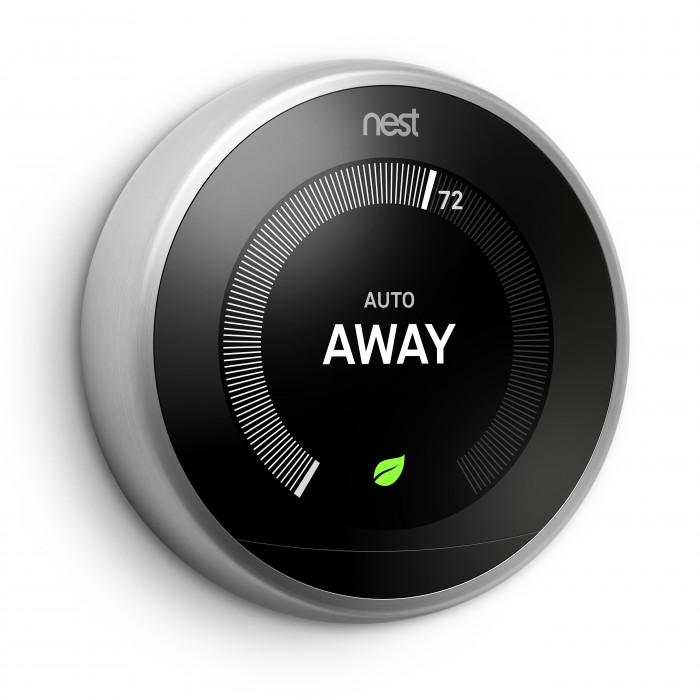Nest’s Biggest Problem Wasn’t Tony Fadell
On Friday, Nest CEO Tony Fadell announced in a blog post that he was flying off from his roost—a move that isn’t so surprising considering recent reports about tensions between Fadell and employees and the fact that Nest hasn’t done much to widen its smart-home ambitions since Google paid $3.2 billion for the smart-thermostat maker in 2014.
Sure, as this Ars Technica piece points out, a big problem for Nest is that, despite having access to oodles of money, it doesn’t seem to have gotten much done since being acquired by Google. Last year it released a connected home security camera, Nest Cam, but that was mostly just a rebranding of Dropcam, a home security camera startup Nest purchased in 2014.
But an even bigger issue for Nest is the one plaguing the smart-home appliance industry as a whole. Even though the companies making these devices point out benefits like energy savings, convenience, and safety features, most of us still aren’t convinced that we need or want all of our home appliances to be connected to the Internet.

For decades we’d been promised that the smart home is coming, and companies like Nest have spent the last few years proclaiming that it’s already here—evident in smart thermostats, door locks, smart-home hubs, and appliances like this $5,800 smart refrigerator from Samsung (definitely not that company’s first, and probably not its last).
The Consumer Technology Association trade group projects that smart-home device sales will climb in 2016 to $1.2 billion, with 8.9 million devices sold—up 21 percent over the previous year. That’s not small potatoes, but for many folks, this vision of the future remains a hard sell due to things like privacy concerns. A Pew Internet survey from earlier this year reported, for example, that a majority of people said they wouldn’t be willing to install a smart thermostat that could track their movements around their house—something the Nest thermostat does—even if they might get a lower energy bill. And the Pew report is not the only one that has found these kinds of fears are keeping people from snapping up such products.
There are other issues, too, such as communicating to potential buyers why, exactly, you should shell out for a connected version of something you already have in your home. And it falls on Nest’s new leader, Marwan Fawaz, to tackle them if Nest is ever going to fly with the average consumer.
(Read more: The Information, Ars Technica, Recode, Time, The Verge, The Wall Street Journal)
Keep Reading
Most Popular
Large language models can do jaw-dropping things. But nobody knows exactly why.
And that's a problem. Figuring it out is one of the biggest scientific puzzles of our time and a crucial step towards controlling more powerful future models.
The problem with plug-in hybrids? Their drivers.
Plug-in hybrids are often sold as a transition to EVs, but new data from Europe shows we’re still underestimating the emissions they produce.
Google DeepMind’s new generative model makes Super Mario–like games from scratch
Genie learns how to control games by watching hours and hours of video. It could help train next-gen robots too.
How scientists traced a mysterious covid case back to six toilets
When wastewater surveillance turns into a hunt for a single infected individual, the ethics get tricky.
Stay connected
Get the latest updates from
MIT Technology Review
Discover special offers, top stories, upcoming events, and more.